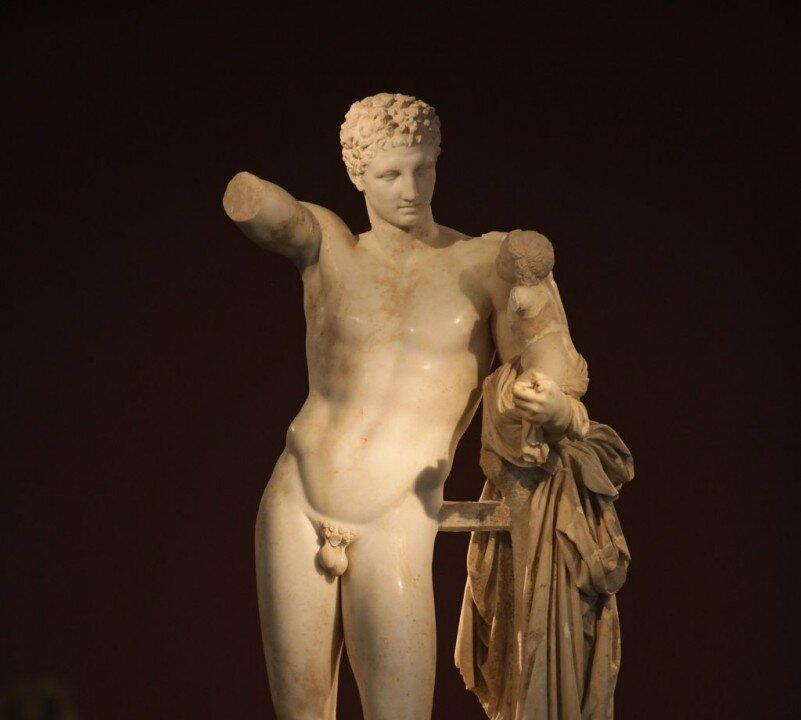Beauty in the Eye of an Admiral
The painting of Admiral Horatio Nelson was one of Lemuel Francis Abbott’s finest. As an English painter, he had the privilege of painting the portrait of one of England’s most celebrated heroes during the Napoleonic Wars.

ADULT FEMALE WINNER: Cindy Liu, winner of the adult female division performs 'Celestial Melody.' Dai Bing/The Epoch Times
|Updated:






